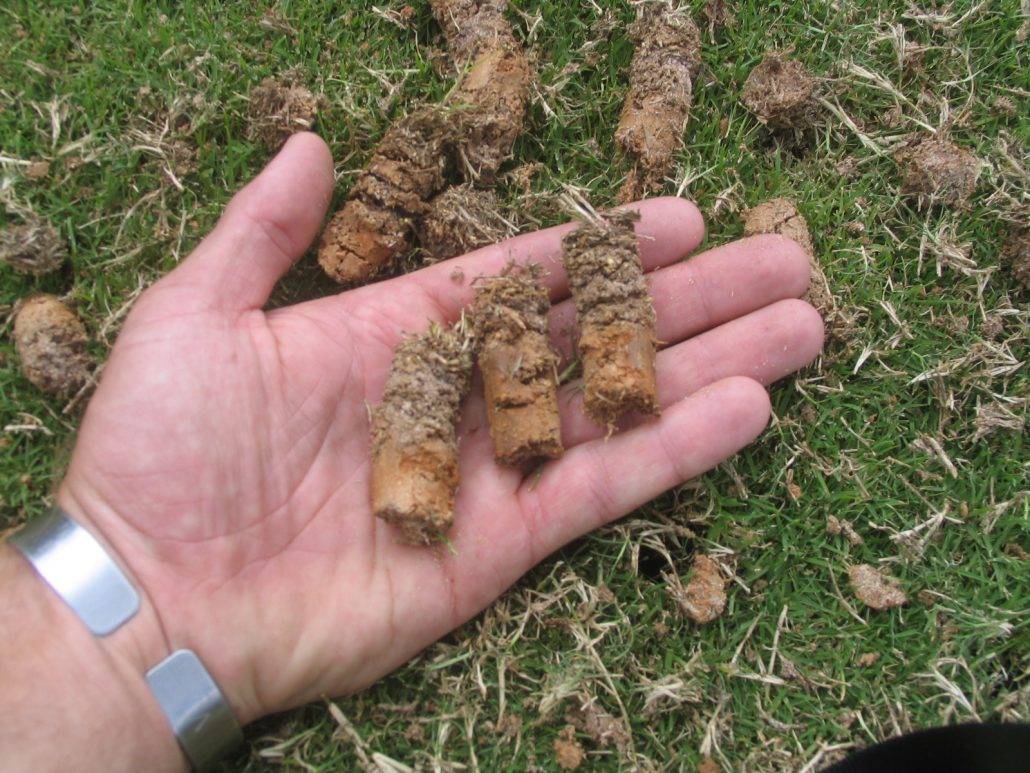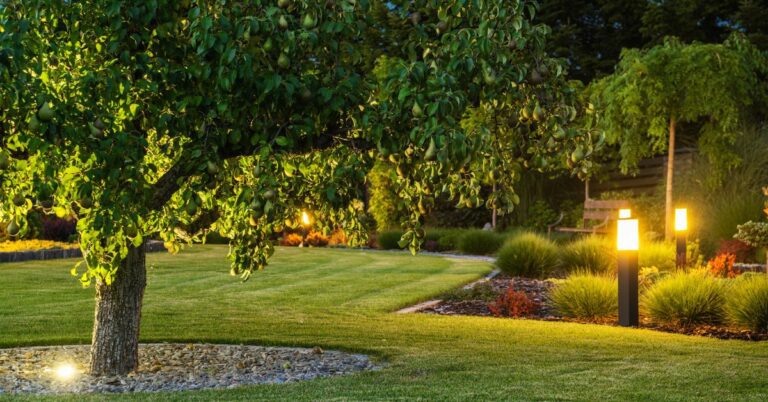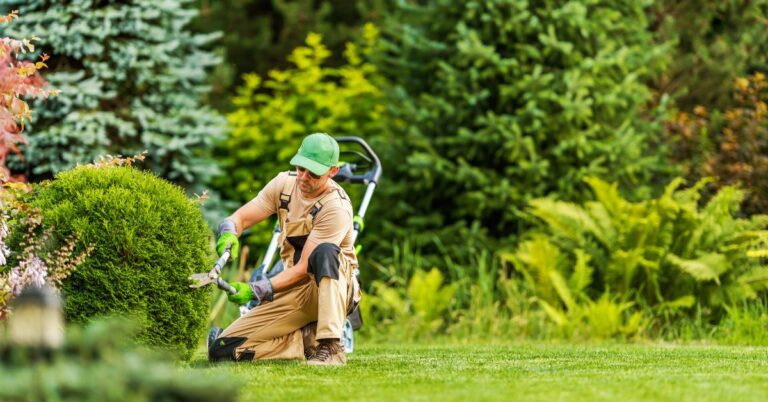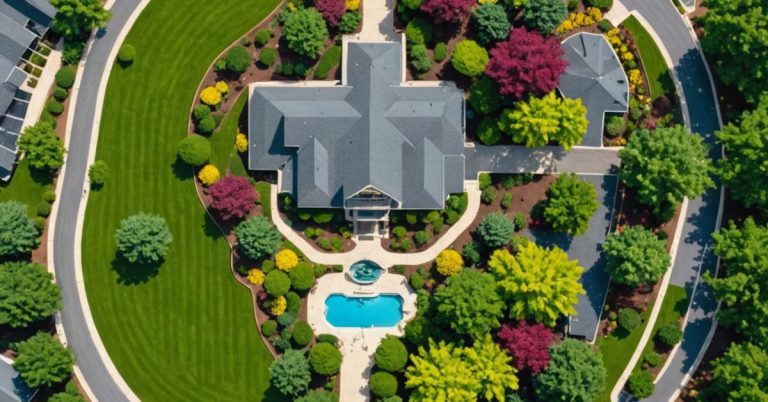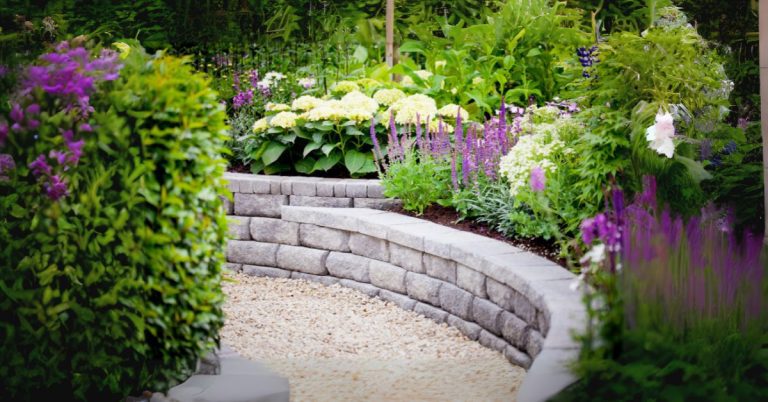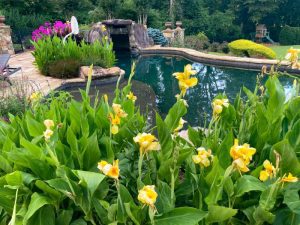A lawn can be a landscape’s crowning glory, or its biggest eyesore. Keeping your lawn healthy and attractive requires regular maintenance. This includes mowing, irrigation, fertilization, weed control, and aeration. If you’re wondering how often you should aerate your lawn, our lawn aeration guide can help.
What Is Lawn Aeration?
Lush, green grass doesn’t stay that way on its own. Without proper care, your turf can become stressed, damaged and unhealthy.
Core lawn aeration is an important part of proper care. It involves poking holes and removing small cylinders of soil to break it up. This process allows oxygen, water and nutrients to penetrate the surface and reach the roots, rather than just running off.
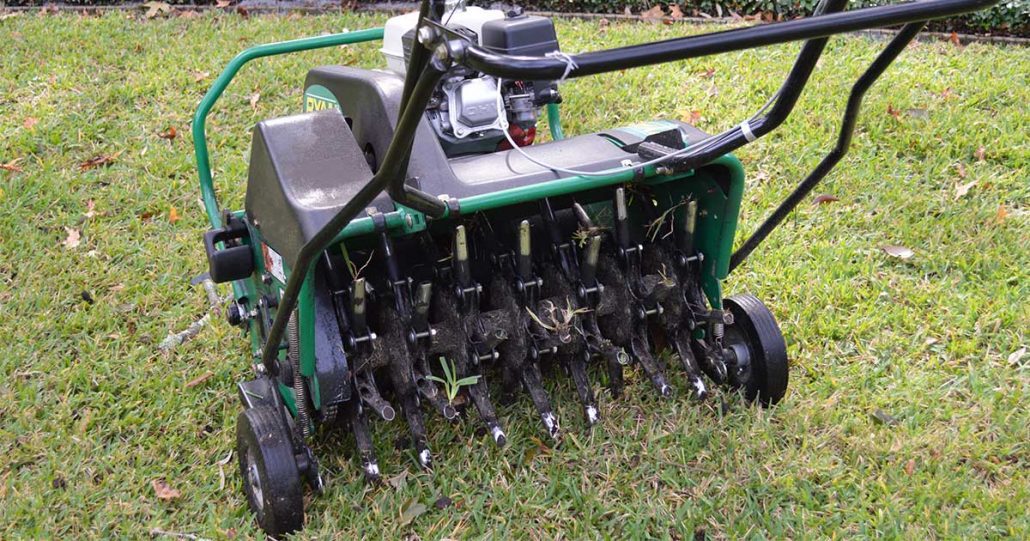
Signs That Your Lawn Needs Aeration
An aerated lawn is a healthy lawn. Conversely, signs of poor lawn health might mean that it’s time to aerate.
Soil compaction is one of the primary causes for grass that fails to thrive. New construction, high clay content, heavy foot traffic, and inconsistent soil layers can all cause compaction.
If you notice that your lawn has poor drainage, bare areas of dirt, or patchy grass, it might be compacted. Soil compaction results in hardened soil that’s not easily pierced with a shovel. As a result, your landscape plants might find it difficult to thrive.
Compaction can lead to shallow root systems, weak growth, and thin grass coverage. It also provides the right environment for fungal diseases to take hold and weaken your turf further.
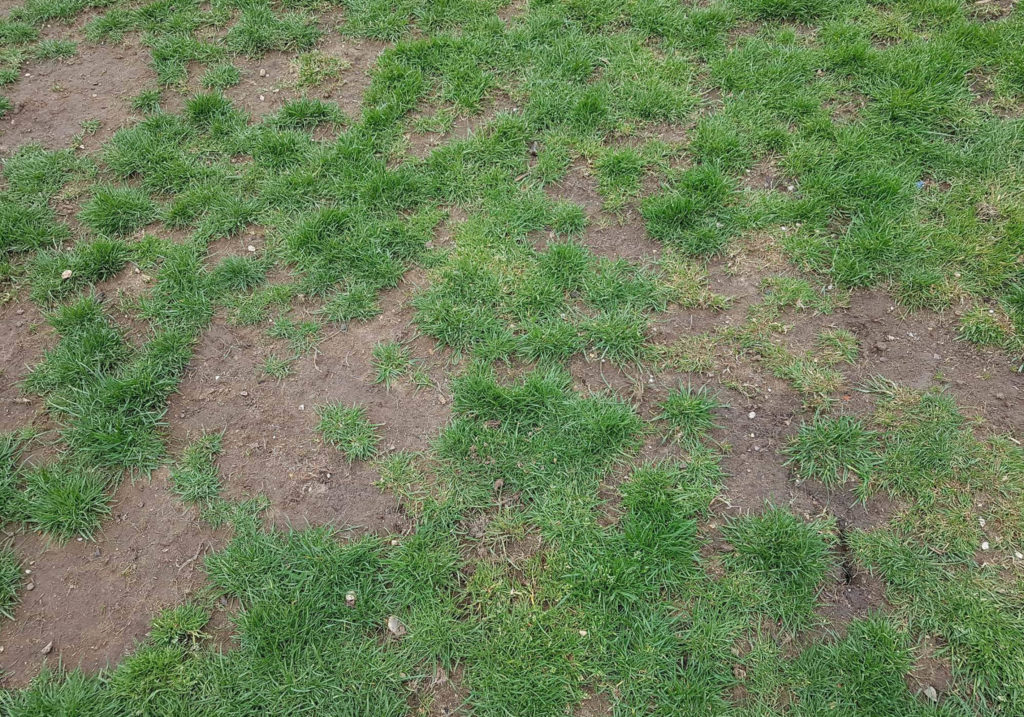
Additionally, compacted soil contains low microbial activity. That means it’s more difficult for it to break down organic matter that collects on the surface. The accumulation of this matter is called thatch, and it can build up over time.
Thatch often creates a spongy feel because you’re walking on a layer of debris rather than the actual soil surface. This debris prevents air flow and nutrient intake, making it harder for your lawn to stay healthy.
How Often Should You Aerate Your Lawn in Atlanta GA?
Aeration schedules depend on lawn health and the type of soil your grass grows in. While Georgia is home to several types of soil, including clay, sandy, and Tifton, clay is by far the most common around the Atlanta area.
Thanks to the presence of iron oxides, most Georgia clay is red in color. It’s also heavy and dense. Small pore spaces in clay soils show poor water drainage, meaning they can form hard clumps when dry and become slick when wet.
While Georgia clay is full of nutrients, it’s also more prone to compaction. For that reason, Atlanta area property owners should aerate their lawns more often than some other locations. If your lawn is otherwise healthy and receives normal foot traffic, aeration once a year should be sufficient. This will help keep your soil from compacting.
However, if your lawn gets heavy foot traffic, it may benefit from more frequent aeration. Aerating twice a year, in spring and fall, can help keep your soil broken up, allowing for better grass growth.
What Is the Best Time to Aerate Your Lawn?
Aside from wondering how often you should aerate your lawn, you may want to know the best time to do it.
The optimal time of year to aerate your lawn depends on the grass type. Atlanta is a transitional zone between the coastal plain south and the mountainous north. That means both warm and cool season grasses grow well in the area.
Warm season grasses and cool season grasses have different growth calendars. They require different aeration schedules to achieve maximum benefit. According to the University of Georgia’s Bermudagrass Lawn Calendar, the best time to aerate warm season grasses is during the active growing season. In Georgia, this means May through August.
April and September are noted as possible months for aeration. In April, this depends on the temperature. A warm spring with slightly above average temperatures will trigger bermudagrass, zoysia, and St. Augustine grass to come out of dormancy. If there’s sufficient greening, it’s possible to go ahead and aerate.
However, cool season grasses such as tall fescue, Kentucky bluegrass, and ryegrass benefit from fall aeration. The cooler temperatures in late September through the first frost provide ideal growing conditions for these grasses. Aerating a cool season lawn during this time helps it to flourish the following spring.
Lawn Aeration Do’s and Don’ts
There are several steps property owners can take before and after aeration to help ensure success.
Before Aeration DO:
- Mow the lawn.
- Water to help maximize the plug-pull depth.
- Mark sprinkler heads to avoid irrigation system damage and costly repairs.
Before Aeration DON’T
- Overwater to the point of saturation.
- Put down grass seed.
- Fertilize.
It’s also important to avoid aerating newly installed sod. You should give your new grass at least twelve months to get established. Aerating before grass roots have a chance to take hold can pull up the sod.
Additionally, don’t aerate during times of drought. Your lawn will already be stressed, and aeration can lead to even more damage.
Post-Aeration DO:
- Apply fertilizer to stimulate grass growth and help it outcompete weeds.
- Overseed to fill in bare spots in fescue lawns.
- Water to help break down cores and germinate the grass seed.
- Apply pre-emergent herbicide if you don’t plan to overseed.
Post-Aeration DON’T
- Mow the lawn within ten days.
- Pick up the cores. As they break down, they will return vital nutrients to the soil.
How Often Should You Aerate Your Lawn? Ask a Professional
Aeration is an important part of regular lawn care, but knowing what to do at what time can be confusing. If you have more questions about core aeration or would like to schedule service, contact the lawncare experts at Creech Landscape. We’re happy to help with lawn aeration and all of your landscape maintenance needs.


